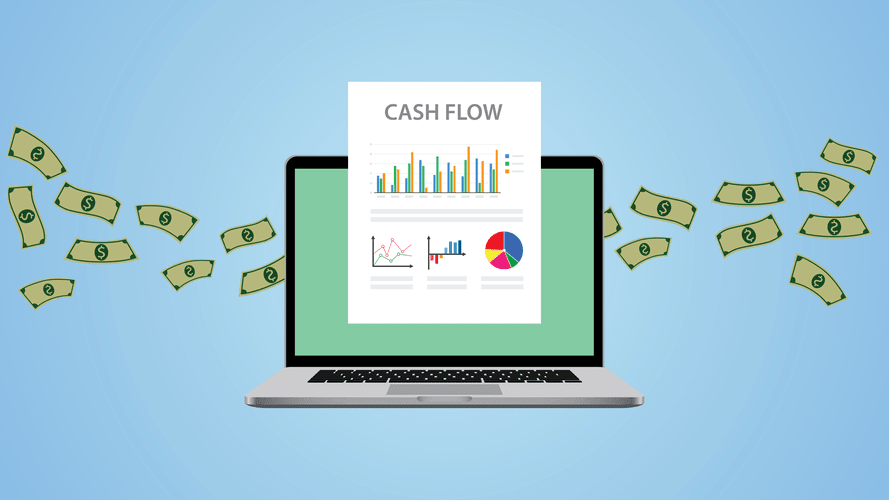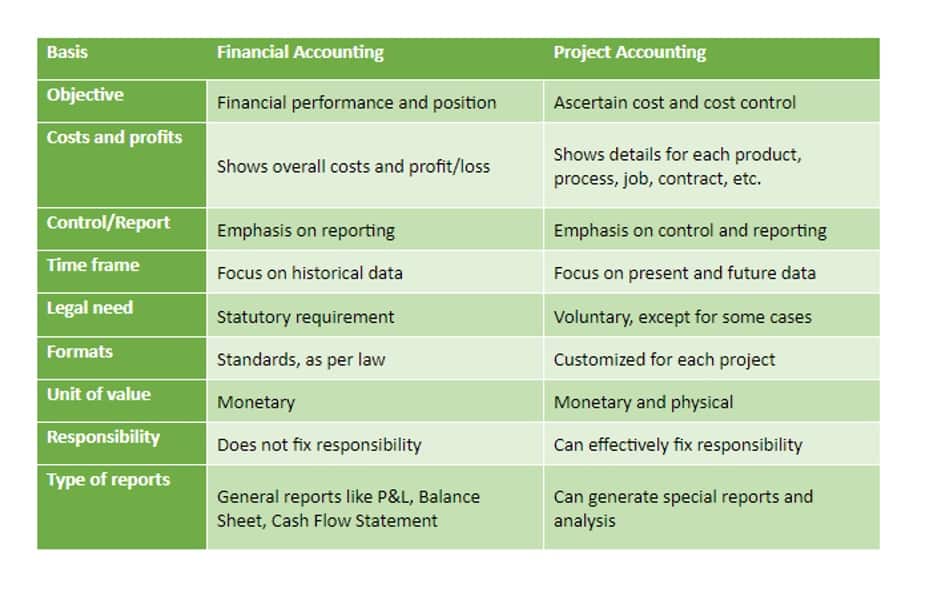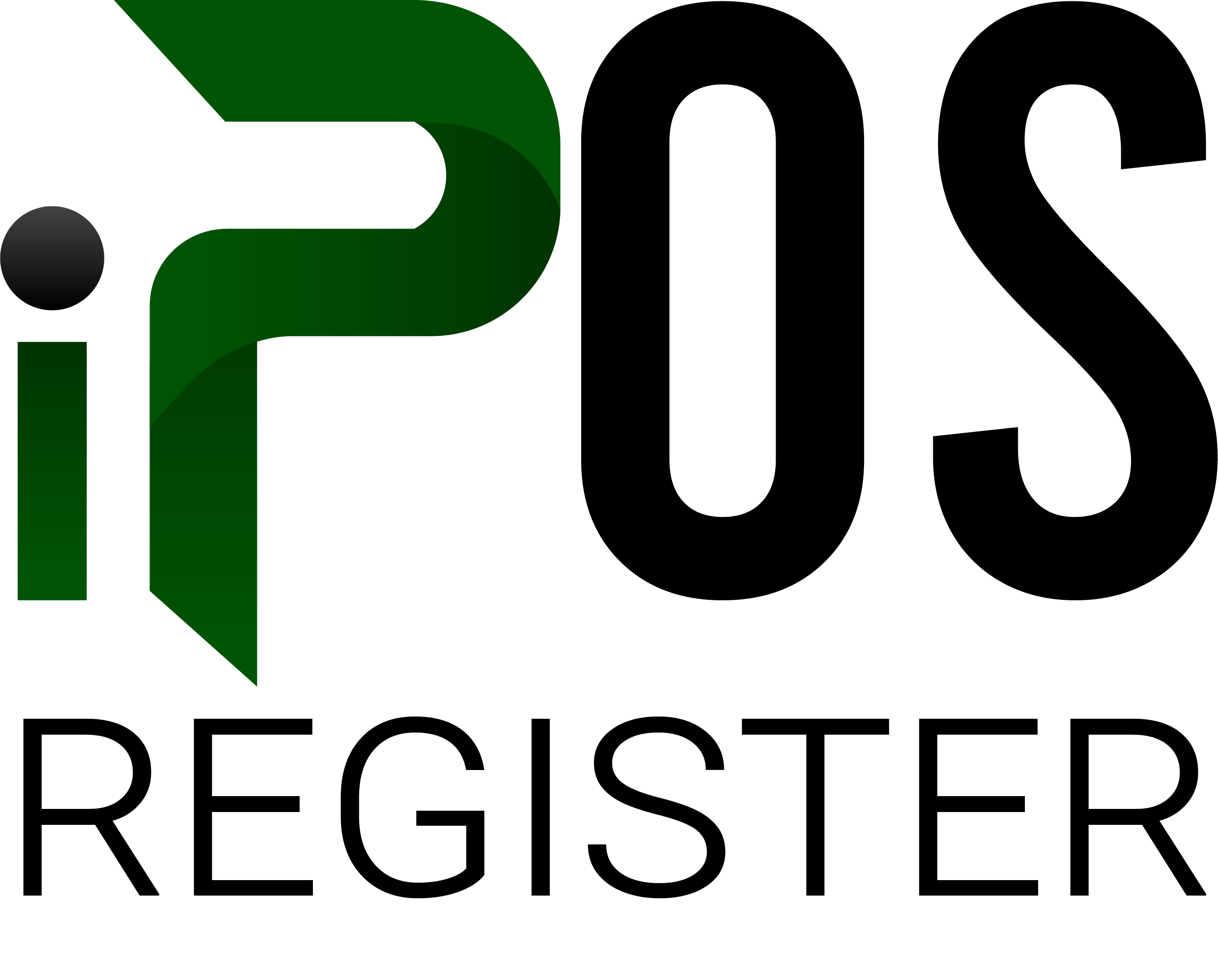Decision Models and When to Use Them

For aspiring leaders, understanding decision frameworks is a cornerstone of effective leadership. Decision frameworks are structured approaches that guide leaders in making informed choices by providing a clear methodology for evaluating options and outcomes. These frameworks are essential tools for those who wish to enhance their strategic planning capabilities, foster continuous learning, and boost their confidence in the decision-making process.
Scalable decision frameworks

The Devil’s Advocacy framework involves assigning a person or a group the role of a “devil’s advocate” to challenge and critique the proposed decision or solution. By encouraging critical thinking, and considering potential risks and drawbacks, it helps identify weaknesses in the decision-making process. AI algorithms can sift through massive datasets at incredible speeds, identifying patterns and trends that may not be immediately apparent to human decision-makers.

Company Culture
One the more significant visual decision-making methods created at this time was the SWOT analysis model. Based on a strategic analysis of strengths, weaknesses, opportunities, and threats, the SWOT model is still in wide use today. Did one decision making model lead to a more https://www.bookstime.com/ satisfying decision for your team, management, and customers?
- No, all of our programs are 100 percent online, and available to participants regardless of their location.
- Tools for data analytics transform vast amounts of data into actionable insights, facilitating more informed and accurate decisions.
- Choosing the right decision making model based on the specific situation helps stakeholders to be clear, objective, and aligned with organizational goals.
- You understand the facts of the issue; you see multiple solutions to the issue, analyze the solutions available, and respond with the best possible solution.
- Developed by Victor Vroom and Philip Yetton, this model emphasizes the importance of situational factors in choosing the most effective decision-making style.
Reiterate the Goals and Purpose of the Decision
That’s because while it feels like the solution just comes to you, your subconscious is looking for patterns in the information you’re receiving and linking the new information to implicit knowledge you already have. Then you list options, look for price information and reviews, and record the information in an Excel spreadsheet. Based on this information, you pick the best platform and roll it out for new employees. Finally, you accept feedback regarding any problems that might make you want to switch to another decision making framework provider. Welcome to Productivity Patrol, your go-to destination for all things productivity! Our mission is to empower you with practical tips, insightful articles, and innovative tools to help you unlock your full potential.
Therefore, the best way is to accept the uncertainty and move on with the decision by addressing the controllable factors net sales and doing your best to control the uncontrollable factors. What one has to remember here is that you can always make the result of what you want it to be by making the right intermediary decisions between the cause and the desired effect. What one should keep in mind is that the decision you take now is the first decision. This third or new idea is a unique combination of the best parts of the original, opposing ideas. What a good decision maker should do is to understand the ideas, and integrate them, and come up with a third idea.

Optimizing team resources
- This framework is useful in various fields where robust, well-tested decisions are needed, such as business strategy, law, and public policy.
- By adopting a scalable framework that includes clearly defined roles, personalities can take a backseat to the process, and staff won’t spend time on tasks they don’t really need to worry about.
- This can help in anticipating potential challenges and developing contingency plans to mitigate risks and uncertainties.
- People struggle with decisions so much so that we actually get exhausted from having to decide too much, a phenomenon called decision fatigue.
- Their perspectives and insights can provide valuable input in shaping the decision-making process and ensuring that all relevant factors are considered.
- This act of mapping the issue’s intricacies should involve taking the decision’s urgency into account.
- As such, more organizations began seeing themselves less as a set of isolated elements and more as a complex system of interrelated elements.
Take the time to test out PI with your team, and see if it doesn’t change how you get things done. Regardless of how talented each member of your team is, if employees don’t trust each other, nothing is going to get done. A team member’s focus isn’t going to be on advancing the interests of the team; it’s going to be on protecting themselves, so they’ll be much less likely to think creatively or voice concerns. Managers who trust their team to make decisions keep things running efficiently; plus, placing trust in your team members allows them to feel confident about their abilities and personally invested in the business. While surrendering complete control can be a challenge for some leaders, micromanagement will lead to a hostile work environment.
How does the RAPID decision-making framework differ from RACI, and in what situations is each preferable?
By listing and comparing the potential outcomes, decision-makers can see a clearer, side-by-side representation of the implications each option may carry. This model is consistent in comparing choices by assigning weighted values to each alternative’s attributes and calculating their total scores to prioritize options systematically. SWOT Analysis is a strategic planning tool used to identify the Strengths, Weaknesses, Opportunities, and Threats related to a project or business venture. It typically starts with recognition of a situation requiring a decision, followed by information gathering, evaluation of alternatives, and concludes with selecting an option and implementing the solution.
Dynamic Decision-Making

They help teams reach consensus faster by removing potential points of friction related to ambiguity around ownership. When properly defined and adopted, decision-making frameworks ensure everyone knows exactly what their role is in the decision-making process. The biggest challenge is to assess expenses related to product development and marketing and understand the potential impacts on existing product lines. A successful expansion would increase revenue potential, boost market diversification, and improve brand visibility.

